
Any writer knows the struggle of trawling the internet in search of the perfect statistic. Opening link after link in search of the coveted original source. After hours of research, you eventually find the perfect figure — only to realize it’s from 2012 and is wildly outdated.
Statistics and expert quotes add credibility to your articles. When you include data, expert quotes, and percentages, you add authority and context to your writing. Readers can visualize what you are talking about thanks to a solid reference point. Statistics provide evidence for any claims or statements made in your article.
Better yet, they help you stand out from the crowd by providing unique angles and deeper insights than other blog posts on the same topic.
Yet, the hunt to find relevant quotes and statistics can be exhausting.
But it doesn’t have to be. You simply need to know where to look. In this article, I’ll cover a few places to start your statistic search as you begin your article research.
22 Awesome websites to research statistics that strengthen your articles
As an eCommerce, SaaS, and B2B tech content writer, I understand the value of writing authoritative articles. Everything needs to be led by data. Even when writing subjectively, sourcing quotes and statistics adds credibility to your opinions.
If you want to hold attention and demonstrate expertise, you need to share accurate and relevant statistics. Think: credible statistics, relevant data, and quotes from industry experts.
Sourcing statistics is critical during the research phase of writing, too. Finding reputable online sources ensures you are writing objectively and providing readers with the most valuable information, while giving you confidence in your content angle. These statistics may even shape the direction of your content.
I’ve done my fair share of statistic-hunting and have a few different places I look for statistics around my article topics.
There are three types of sources I visit to find accurate and valuable statistics online. These are:
- Original research sources – Organizations that conduct original research on behalf of various industries or within their own
- Research compilers – Organizations that aggregate and present statistical data from various sources
- Research conducted by brands – Brands that have commissioned or undertaken their own original market research
I’m cutting out the extra legwork for you and sharing my favorite places to source statistics for articles across each of these.
Original research sources
Original research sources refer to organizations conducting and publishing data. This original research could include surveys, studies, reports, and case studies. The key is that the organization publishing the research is the one who originally conducted the research.
Finding original research sources is like striking gold as a content writer — especially if you include fresh new data that no one else has covered.
Readers will trust your brand a lot more if they can trace your data back to the original source.
Whenever you link to a site, it acts as a trust signal for Google by highlighting the perceived expertise, authoritativeness, and trustworthiness (E-A-T) of your content. Take this recommendation from Google’s Search Quality Evaluator Guidelines, “High E-A-T financial advice, legal advice, tax advice, etc., should come from trustworthy sources and be maintained and updated regularly”
So, always cite the original research source where possible if you want to build trust with readers and Google.
Here are some of my favorite sources for original research data:
1) McKinsey & Company

Any B2B tech writer will be familiar with McKinsey & Company AKA the holy grail of business and economic insights.
McKinsey & Company is a global management consulting firm that frequently publishes in-depth research, data, and articles on a variety of management topics.
Through the McKinsey Global Institute (MGI), McKinsey & Company publishes fact-based insights to help business leaders understand the global economy on a deeper level. You’ll find invaluable insights to support claims spanning topics such as economic productivity, DEI, and recruitment. From McKinsey’s reports, you can pull statistics, quotes, data charts, and case studies.
2) Gartner
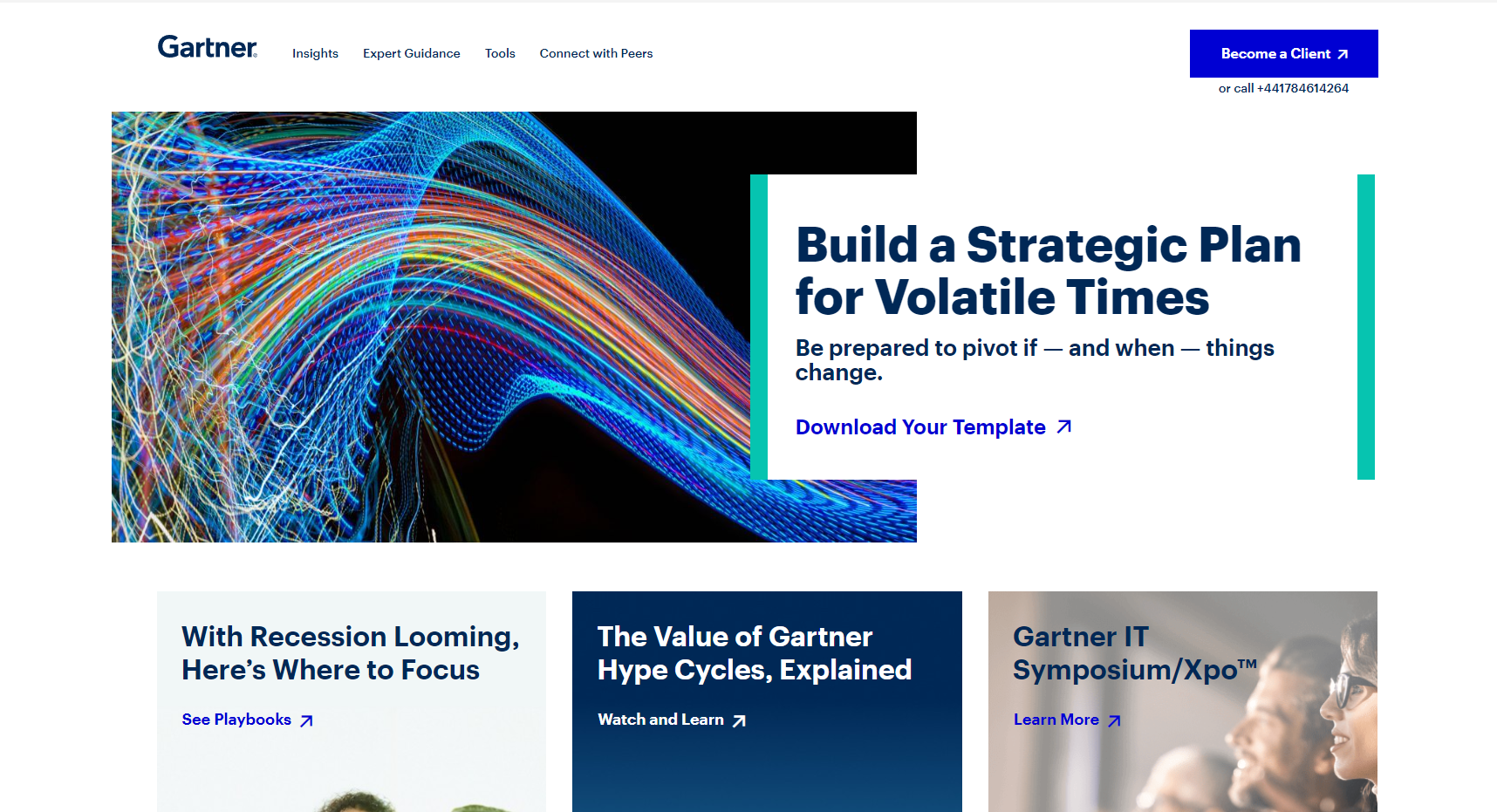
Gartner is a consulting firm, much like McKinsey & Company, except they hone in on technological research and consulting. Based in Stamford, Connecticut, Gartner conducts research to inform technology-related decision-making and knowledge.
Gartner’s insights span several fields from education to utilities, healthcare, financial services, and retail. They also cover numerous functions including audit, customer service, legal & compliance, and marketing meaning there’s plenty of data to get stuck into.
Information shared by Gartner is presented as roadmaps, guides, webinars, infographics, and eBooks — to name some of the available formats. Writers can explore different content formats to gain fresh, new insights and statistics for B2B content.
3) Narvar

Narvar is a post-purchase customer experience platform.
Narvar prides itself on being an industry expert in eCommerce, supply chain management, customer care, and machine learning. They stay true to this value by producing original research to empower retailers to deliver outstanding customer experiences.
If you’re writing about eCommerce and customer advocacy, keep Narvar’s resource library close by. Here you can garner a wide range of customer behavior and eCommerce insights.
4) Deloitte

Deloitte is an international professional services network offering audit and assurance, consulting, financial and risk advisory, and tax services. They also conduct rigorously developed research and insights into business and governmental topics through their Deloitte Insights platform.
Dive into Deloitte’s catalog of insights, analysis, and perspectives to gain a well-rounded understanding of the current state of business. Whether you’re interested in marketing, digital transformation, wellbeing, environment, supply chain, or something else entirely, you’re bound to find incisive data from Deloitte.
5) Nielsen Norman Group

Nielsen Norman Group leads the forefront of research-based user experience (UX) guidance. As a UX research and consulting firm, Nielsen Norman Group is recognized worldwide for shaping the field of UX through rigorous research.
Look toward Nielsen Norman Group whenever you need of concrete evidence to support any UX claims you want to make. From research reports and guidelines to case studies and methodologies, Nielsen Norman Group offers a plethora of actionable user experience insights.
6) Forrester Market Insights

Forrester provides a market insights arm that leverages their annual surveys of more than 675,000 consumers and business leaders around the world. They use this information to offer their clients customer research, insights, trends and predictions, and more to guide their business decicions.
Forrester also has a research arm that helps brands gain customer-led insights using their rich databank.
7) Ipsos
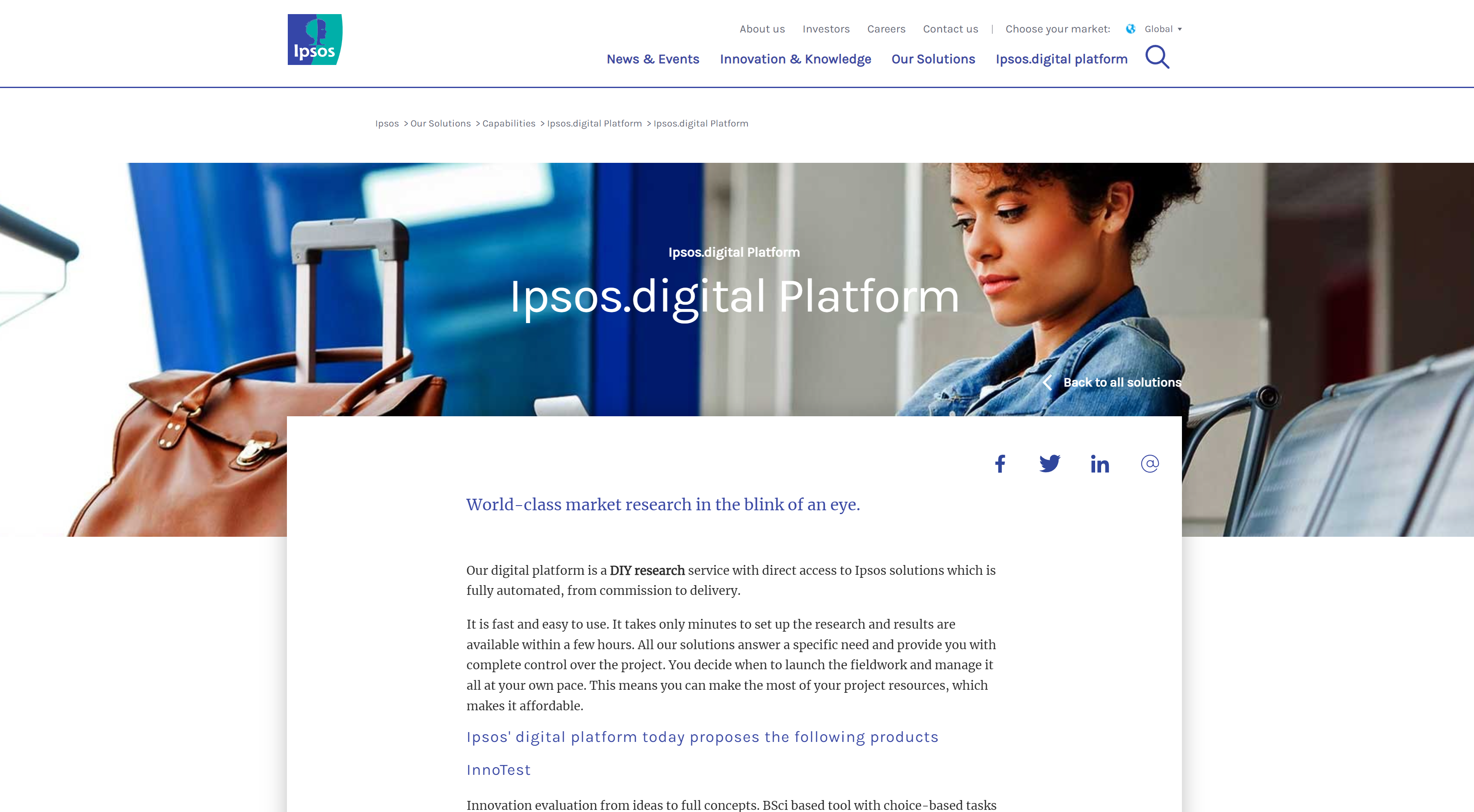
Ipsos has a platform called Ipsos.digital, a DIY research service that allows users to build their own surveys and get fast answers from their researcher-supported databank. This company is an excellent choice to partner with if you are looking for a self-service research and insights platform with an intuitive UI that allows you to access the exact market data you’re interested in.
8) Semrush
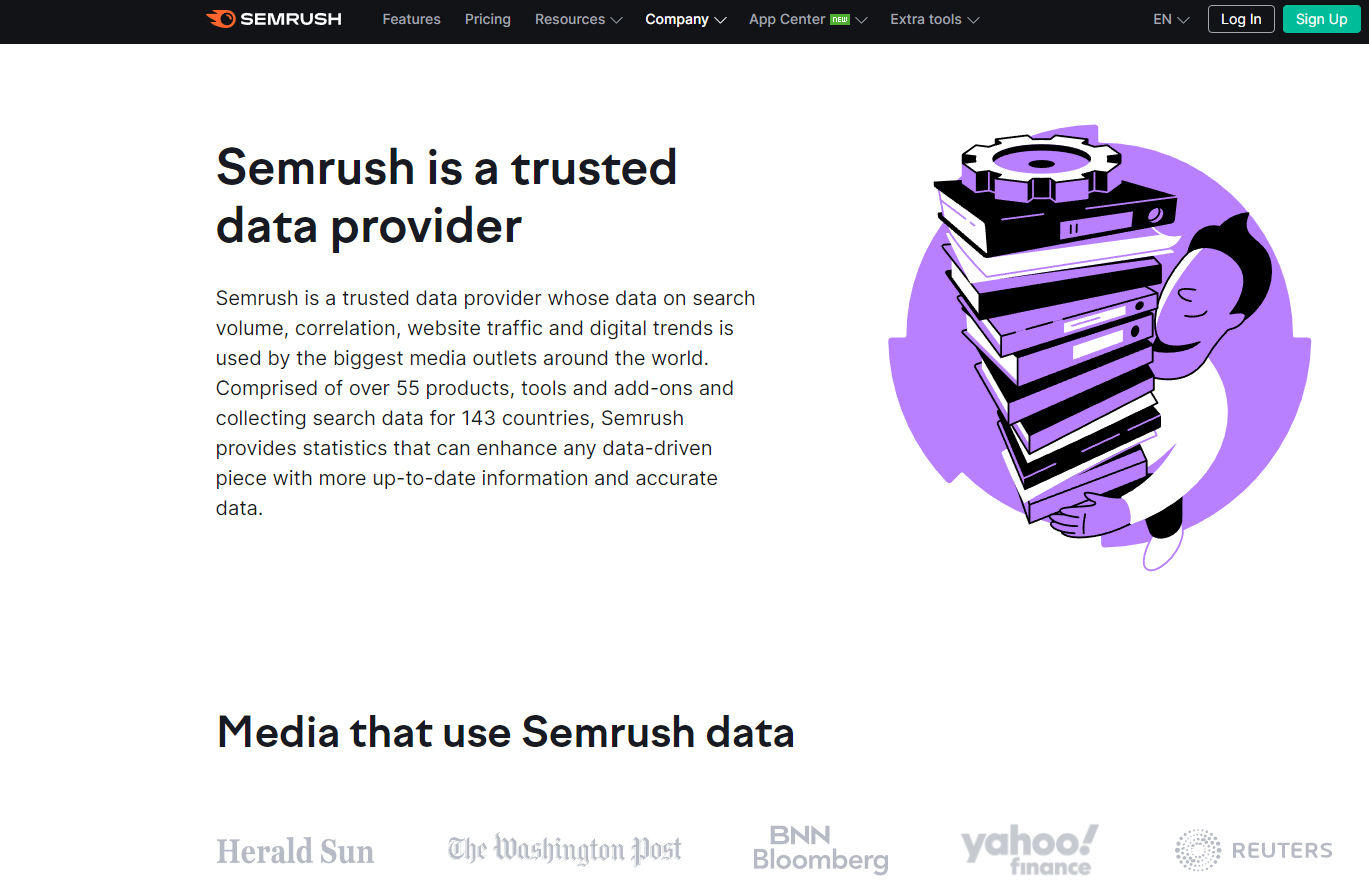
Writers with a penchant for SEO and keyword research will already be familiar with Semrush — one of the leading SEO research tools. But did you know that Semrush is also a trusted data provider for all things search, website traffic, and digital trends?
Thanks to their SEO tool providing buckets of data, Semrush can provide data-driven statistics to enhance your writing. Brands looking for exclusive search and data trend insights can email Semrush to request the data they’re searching for.
Explore Semrush’s latest studies to uncover a wide range of data trends, search insights, and digital statistics.
9) Brandwatch

Brandwatch is a social media suite offering consumer intelligence and social media management tools.
As part of their commitment to helping brands better understand and engage with their customers, Brandwatch also collates vital social media benchmarks and insights using data from their suite of social media listening tools.
10) SparkToro

SparkToro is an audience research tool that helps marketers, product owners, and brand managers better understand their audiences.
SparkToro aggregates intelligent audience insights from various public websites and social media accounts to provide you with reliable audience data. Enter your chosen topic and you’ll be presented with data conveying the total audience size, relevant websites and accounts, and insights into text and hashtag usage — to name a few available insights.
SparkToro is useful for illuminating popular audience interests and topics.
11) Catalyst

Catalyst Inc is a global nonprofit organization centered on building diverse, equitable, and inclusive workplaces for women, especially those from marginalized or underrepresented communities.
As part of their work to empower equitable workforces, Catalyst publishes a lot of research in DEI. Their research uncovers the representation of women in work and the underlying causes of gender gaps through the use of longitudinal panels, large-scale field studies, and other scientific research methods.
12) Hootsuite

Hootsuite is a social media management platform that allows users to schedule updates, manage their profiles, and analyze performance all from one centralized hub. With more than 18 million users, this brand has tons of insights into original data and performance across different social media channels.
Some of their recent research revealed insights such as half of all shoppers under 25 research products on social media rather than search. This shows a huge shifting trend from previous generations of shoppers, who defaulted to their browser (and marketplaces such as Amazon) to research the brands they’re interested in. Hootsuite publishes research in other topics, such as social commerce, social marketing, and more.
13) Shopify
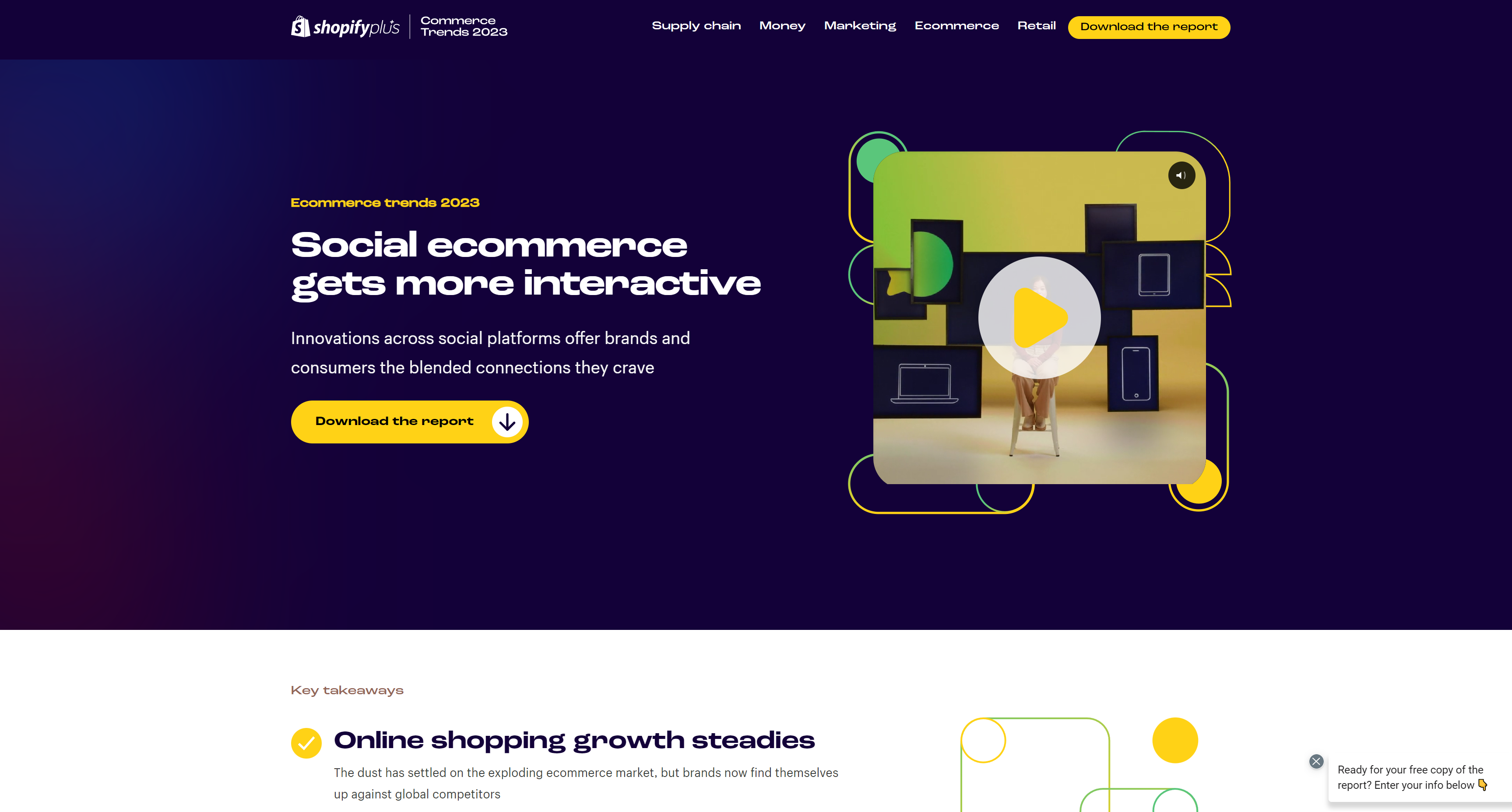
Shopify, a DTC website builder, is a giant in eCommerce, powering more than 4 million shops according to BuiltWith. With access to so much eCommerce data, Shopify smartly shares trends around the industry relating to topics such as social commerce, sustainability, supply chain, and more.
My favorite reports from Shopify are their annual analyses. You can see their 2023 report here, and 2022 report here.
According to their Commerce Trends 2023 report, to reach their research insights, they “partnered with global market research firm Ipsos [and] combined survey results with third-party data, proprietary research about brands that sell on Shopify Plus, as well as qualitative insights from two dozen interviews with industry leaders, investors, and subject matter experts.”
Research compilers
If you can’t find original research sources, turn to research compilers instead. Research compilers collate data from various sources and present it in an easy-to-follow format.
Some research compilers will present graphs and charts of collected data. Meanwhile, others present industry forecasts, benchmark reports, and round-ups based on aggregated data.
Research compilers are great for acquiring a breadth of data and information all in one place. Refer to data from research compilers to add concrete evidence to your statements where you can’t find original research sources.
1) Statistica

Statistica is a statistics portal that aggregates data from over 22,500 sources of customer surveys and industry studies.
Statistica covers more than 60,000 topics and 170 industries across more than 150 countries. Whatever you’re looking for, you’re sure to find something of interest in Statistica’s statistics database.
Statistica’s insights are, at the most basic level, presented as visual charts and infographics to give you a top-level overview of the data. Those with paid accounts can gain access to deeper insights including dossiers, forecasts, and studies.
2) Invesp
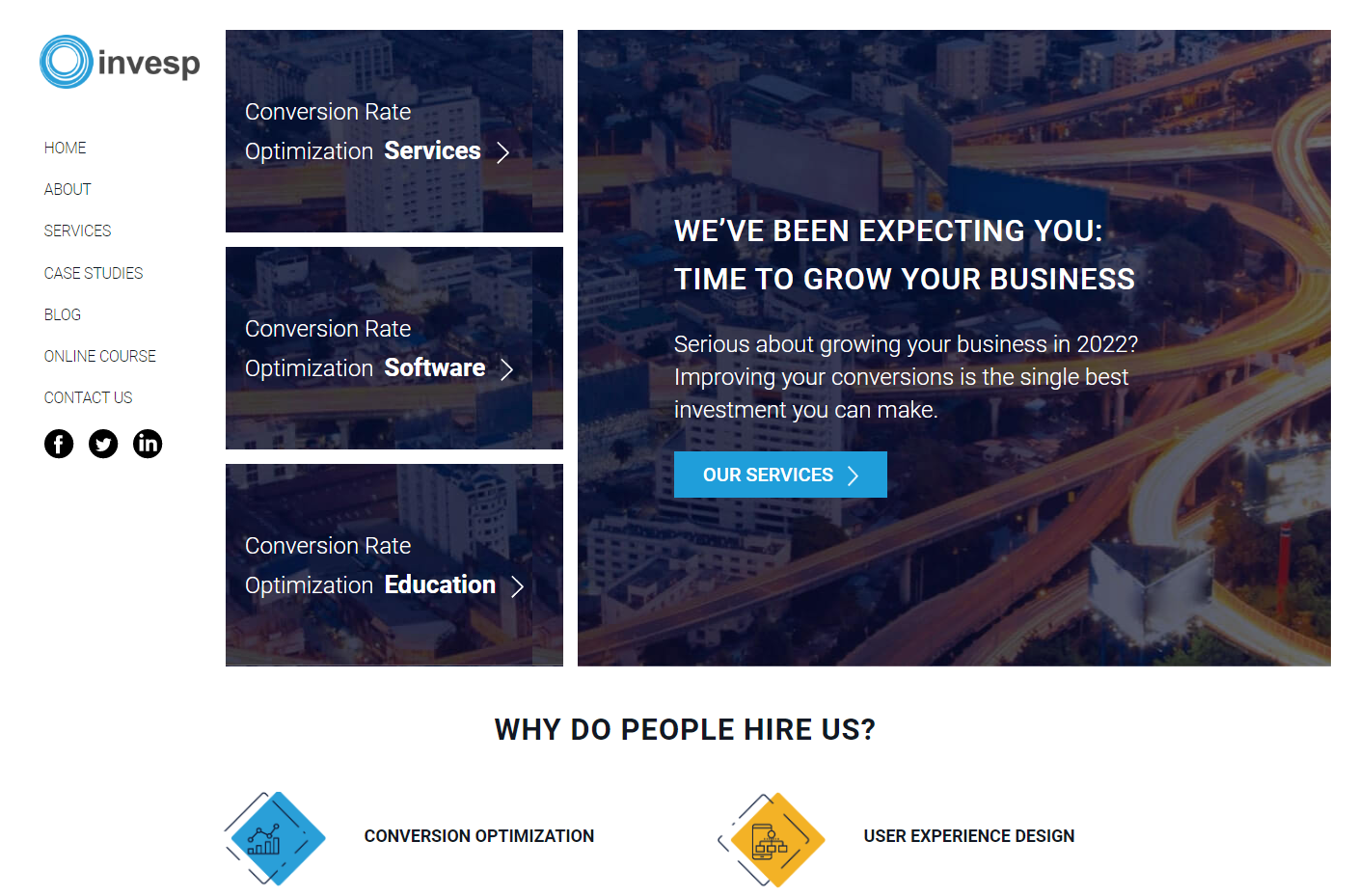
Invesp is a team of conversion rate optimization (CRO) specialists. As CRO consultants for many leading brands, Invesp is committed to staying on top of the latest user-centric insights and trends to enhance conversion.
On the Invesp blog, you’ll find infographics featuring collated data on user behavior, CRO, and digital marketing statistics and trends. These infographics offer easy-to-digest statistics on a wide variety of topics so you can add snapshot insights to your articles.
3) Nosto

Nosto is a world-leading eCommerce experience platform that prioritizes personalization across the buyer journey.
Nosto has produced several guides and reports exploring the eCommerce experience in different retail sectors. These guides leverage insights from various sources and pull them into deeply insightful reports to support your eCommerce opinions and viewpoints.
4) PrimoStats
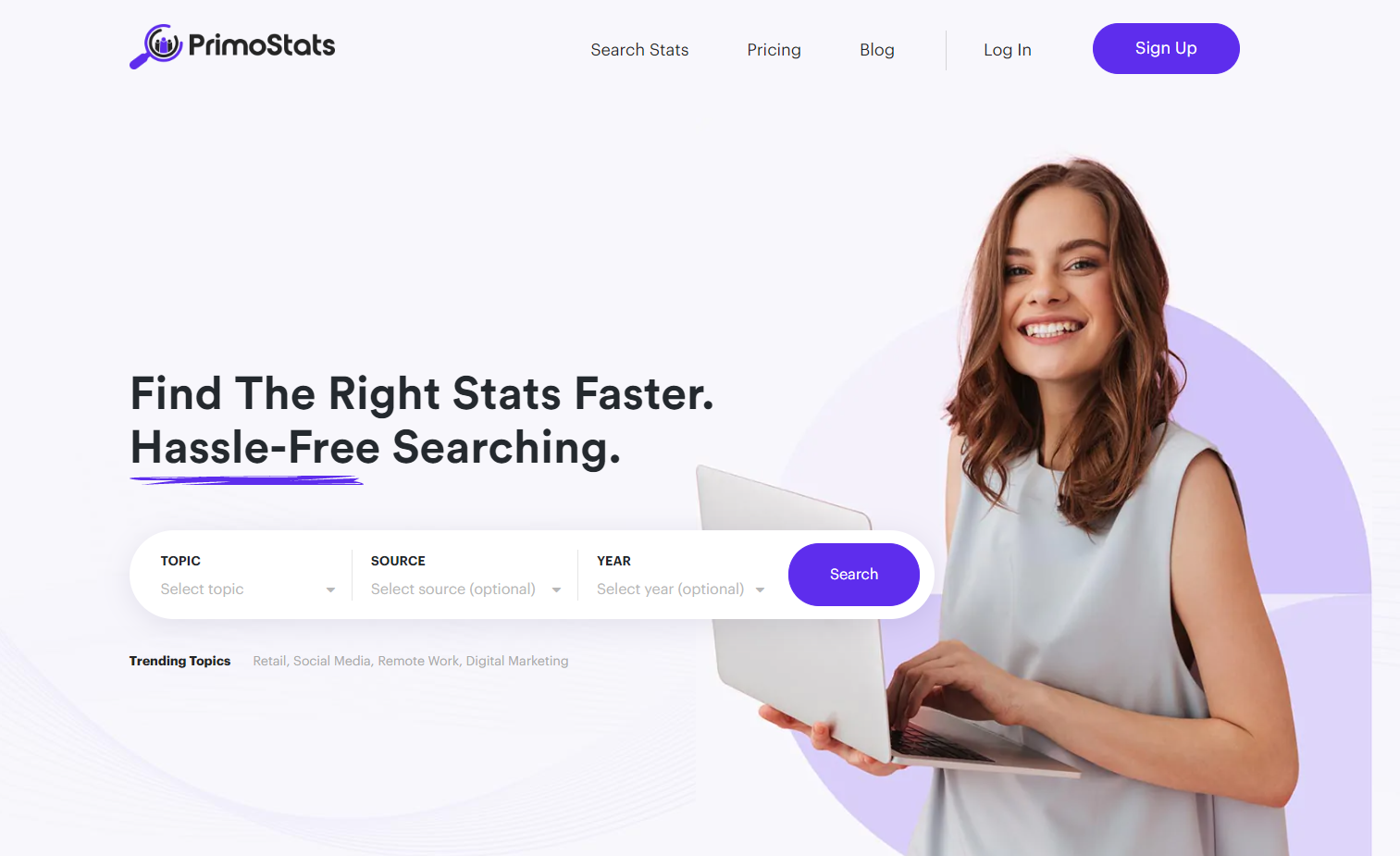
PrimoStats is a research compiler that sources statistics from reputable sources such as Deloitte and Litmus.
By using PrimoStats you can assure you’re gaining relevant and accurate statistics to back-up claims in your article. PrimoStats’ searchable tool makes it easy for writers to find the exact statistics they’re looking for — simply select your topic and, if wanted, choose your desired source and year.
5) Stratably

Stratably is a research compiler tool that provides relevant insights into the eCommerce marketplace.
Stratably’s multi-faceted research method combines both qualitative and quantitative insights to provide a broad vision of the eCommerce marketplace. They offer extensive insights into Amazon, as well as omnichannel and retail media research. Stratably’s research reports compile data, insights, and expert quotes from numerous reputable eCommerce sources.
6) STATcompiler

STATcompiler is a tool developed by the Demographic and Health Surveys (DHS) program to allow users to create custom tables using the DHS program’s database of global demographic and health indicators.
Writers diving into environmental, health, and demographic topics, can use STATcompiler to glean customizable demographic insights over time and across countries.
7) UN Statistics Division

Developed by the United Nations, the UN Statistics Division is a compiled database of global statistical information.
You’ll find a wide range of economic, social, and environmental statistics in the UN Statistics Division database. You can also explore recent statistics on a multitude of markets including tourism, finance, crime, and labor markets. Analyze these in-depth data tables to pull out the most valuable data points for your article.
8) Think with Google
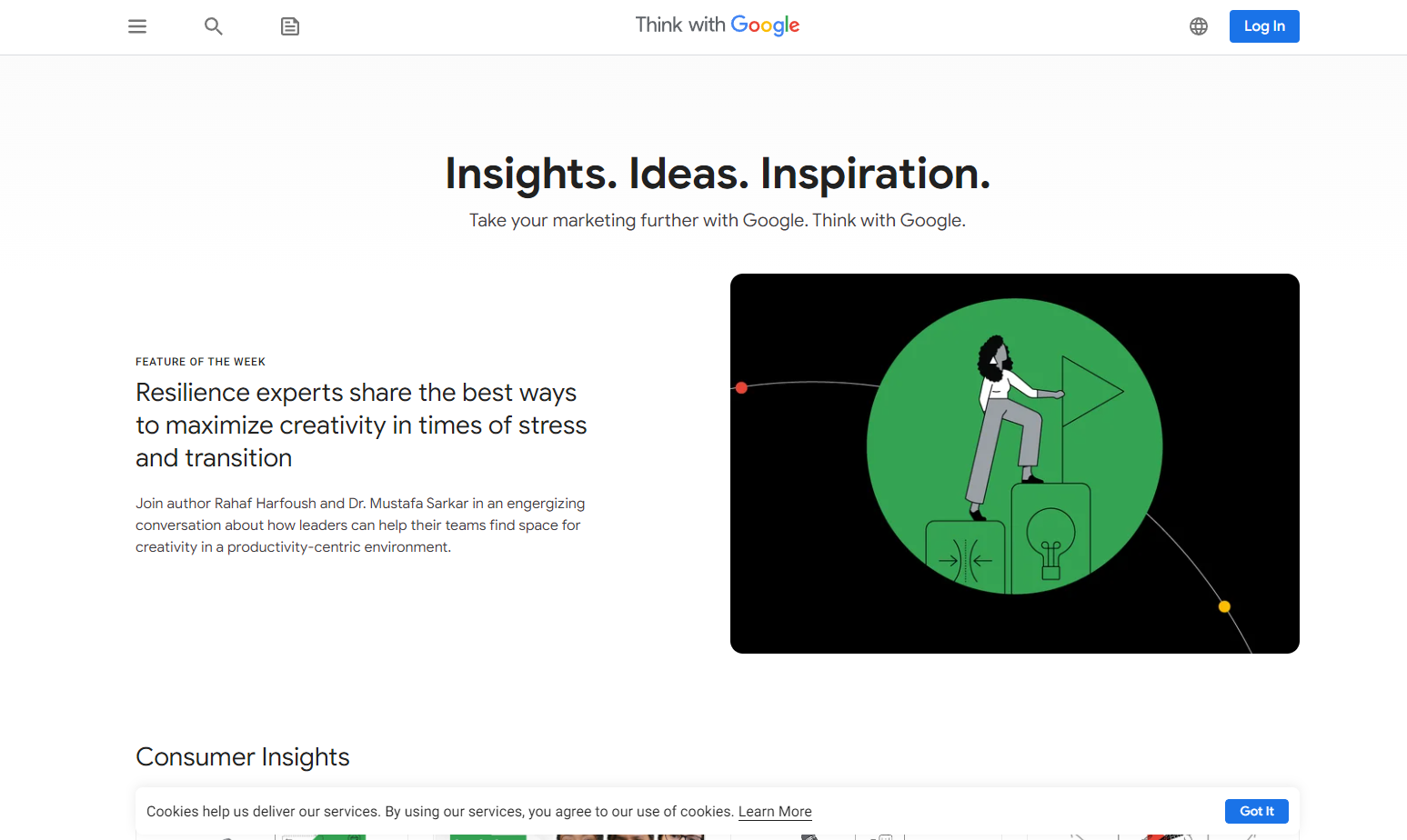
Think with Google is a Google tool sharing the latest consumer insights and behavior trends.
These insights are collected from various sources. Some data is provided by Google tools such as Google Trends. Meanwhile, other data comes from industry experts or studies undertaken by other organizations.
These insights are presented as videos or articles and are often accompanied by Google Trends graphs. eCommerce writers can use Think with Google statistics to add a competitive edge to their articles.
Tip: You can also check out the Google Public Data Explorer for intelligently sourced data sets.
9) DataReportal

DataReportal partners with brands that produce original research, such as Hootsuite and We Are Social, to supplement their reports. Their compilations come linked to reliable sources and they do a great job of grouping their research together in ways that make sense.
This website provides some excellent global research overviews and breakdowns by region, showing trends behind social media use, advertising, and the overall state of digital.
I suggest using this resource when looking for information behind online shopping behavior, social media usage and preference by region, and social commerce.
Look for research conducted by brands with expertise in the industry
If you’re looking for original research, look to companies that specialize in that topic. Many brands will commission or undertake independent research to establish themselves as experts in their field.
This presents access to unique firsthand insights and data from well-recognized brand experts. Take time to look to industry leaders when adding statistics to your articles.
To get you started, here are some examples of brands that conduct and share independent research:
Example 1: LoyaltyLion
LoyaltyLion develops customer loyalty and reward programs for brands. Due to their deep involvement in customer loyalty, LoyaltyLion has many unique insights surrounding loyalty and the effectiveness of loyalty programs.
For more invaluable eCommerce statistics from B2B brands, take a look at my round-up of 35 eCommerce learning resources.
Example 2: Doodle
Doodle is a meeting scheduling tool that aims to streamline professional meetings and collaboration.
Ingrained in all things workplace productivity and professional services, Doodle frequently produces comprehensive reports. Doodle’s workplace insights make its site a valuable source for statistics relating to webinars, meetings, and productivity.
Example 3: ASICS
ASICS is a leading sportswear retailer providing running shoes, activewear, and athletic gear.
In 2022, ASICS commissioned a “mental health in elite sport” report by UK mental health charity, Mind. They also published further research that found just 15 minutes and 9 seconds of exercise could positively impact wellbeing. In both of these independent studies, ASICS presents valuable insights into physical and mental wellbeing.
Exploring leading brands in your niche could result in uncovering remarkable statistics and data to support your articles.
Final tips for finding supporting quotes and statistics online
To get the most out of your article research, there are a few other tactics you can use for finding quotes and statistics online.
Next time you’re writing an article, try one of the following tactics for finding unique statistics and data.
- Strategically search for statistics on Google by using terms such as “[topic] state of play report [year]”
- Search for new studies and statistics using Google Scholar and filter by time
- Keep a swipe file of resources and reports you can use for statistics
There are also tactics that help generate original quotes and source real data from your use cases. These are not widely known statistics, but information straight from the source.
- Use HARO or Help A B2B Writer to request quotes and data from industry experts
- Use #JournoRequest on Twitter to find new sources for quotes, case studies, and statistics
- Browse Reddit for unique perspectives, discussions, and individual experiences related to your topic
- Use Talk To Books to find expert quotes from books
Speed up your writing research and make sure your article is overflowing with relevant insights by making these tactics a habit.
Reminder: Sharing statistics and data you didn’t personally source is plagiarism. Take care to always cite your sources.
Wrapping up — Cite high-quality statistics in your articles
Having statistics and quotes in your articles help to add weight to your words.
Including original research sources in your article adds integrity to your writing. In the event you can’t find original research sources, research compilers offer invaluable insights to back up your article claims. Where possible, conduct your own research and find unique ways to add compelling statistics, insights, and expert perspectives to your content.
Using high-quality statistics in your articles will make sure your writing stands a cut above the competition.
Published: December 5, 2022
Updated: January 18, 2023